How to Choose the Right Oxygen Detector for Your Needs?
In diverse scenarios such as industrial safety, medical emergencies, outdoor exploration, and scientific research experiments, oxygen concentration monitoring is a critical measure for preventing hypoxia or hyperoxia risks. For users, selecting an oxygen detector that complies with local regulations, suits specific application scenarios, and delivers reliable performance requires comprehensive consideration of technical specifications, certification standards, operational experience, and maintenance costs. Below, Eranntex provides systematic guidance for global users across four dimensions: needs analysis, technology selection, compliance certification, and application scenario adaptation.
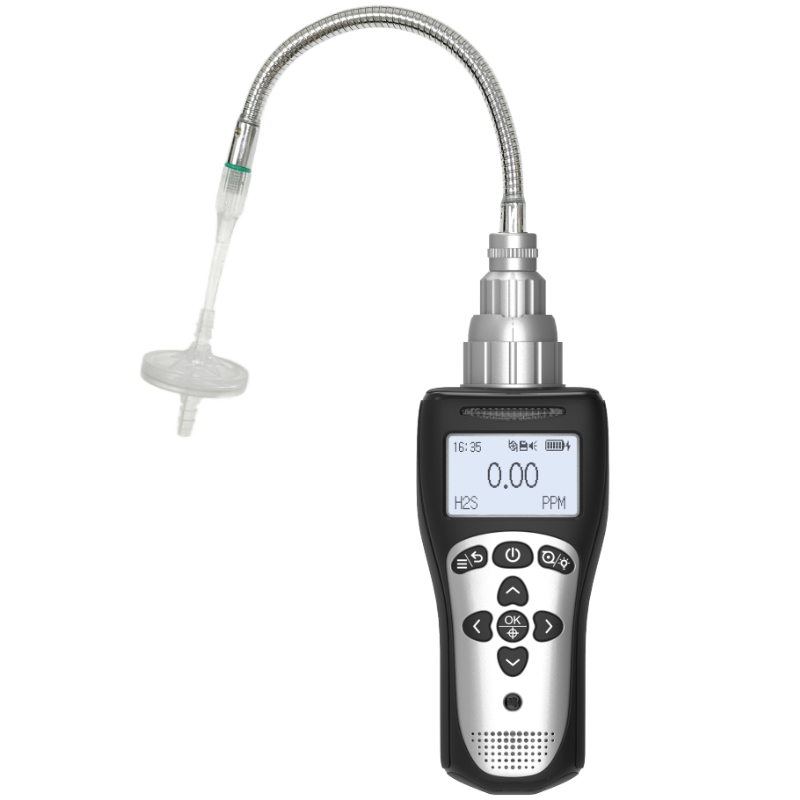
I. Define Core Requirements: Scenarios Determine Technical Approach
Oxygen detector selection must originate from specific application scenarios. For example:
Industrial Safety (e.g., mines, confined space operations): Prioritize devices with real-time alarm functionality, explosion-proof design (e.g., ATEX certification), and a measurement range covering 0-30% VOL to address sudden hypoxia or hyperoxia risks.
Medical Emergency Settings (e.g., operating rooms, hyperbaric chambers): Requires high-precision sensors (±0.1% VOL error), rapid response time (T90 < 30 seconds), and data logging capabilities to support clinical decision-making.
Outdoor adventure activities (e.g., mountaineering, diving): Requires lightweight design, long-lasting battery (≥12 hours), and impact-resistant housing, while supporting underwater or low-temperature environments.
Scientific research environments: Requires high-resolution sensors (0.01% VOL accuracy), multi-gas compatibility, and data export interfaces to support complex experimental analysis.
II. Technical Parameter Comparison: Sensor Types and Performance Metrics
The core of oxygen detectors lies in sensor technology, with common types including:
Electrochemical Sensors:
Advantages: Low cost, minimal power consumption, suitable for long-term monitoring.
Limitations: Short lifespan (2-3 years), susceptible to cross-gas interference (e.g., CO, NO₂).
Applications: Industrial safety, indoor air quality monitoring.
Optical Sensors (e.g., Laser Spectroscopy):
Advantages: High accuracy (±0.01% VOL), long lifespan (>5 years), strong interference resistance.
Limitations: High cost, requires periodic calibration.
Applications: Medical emergency care, high-precision scientific research.
Zirconia Sensors:
Advantages: Fast response time (<10 seconds), suitable for dynamic monitoring.
Limitations: Requires high-temperature operation, higher energy consumption.
Applications: Automotive exhaust analysis, combustion efficiency testing.
Key Metrics: Beyond sensor type, focus on measurement range (0-100% VOL), resolution (0.1% or 0.01% VOL), response time (T90), and temperature/humidity compensation range.
III. Regulatory Compliance: Global Market Access Requirements
Certification requirements for oxygen detectors vary significantly across countries and regions:
EU Market: Requires CE certification (including EMC and LVD directives) and ATEX explosion-proof certification (Ex ib I Mb rating).
North American Market: Must comply with OSHA standards, CSA certification (Canada), and UL certification (U.S.). Medical devices additionally require FDA registration.
Asian Market: China requires CCCF fire safety certification; Japan requires PSE certification; South Korea requires KC certification.
User Tip: Selecting devices with multi-country certifications reduces cross-border procurement risks.
IV. User Experience Optimization: Full Lifecycle Considerations from Operation to Maintenance
Human-Machine Interaction: Prioritize devices with multilingual interfaces (e.g., English, Spanish, French), large displays, and backlighting to accommodate users from diverse cultural backgrounds.
Data Management: Research and industrial users should verify support for Bluetooth/Wi-Fi transmission, cloud platform synchronization, and API interface development.
Maintenance Costs: Electrochemical sensors require annual replacement, while optical sensors last over 5 years, resulting in significant long-term cost differences.
After-Sales Service: Select brands offering global warranty coverage, 24/7 technical support, and rapid spare parts supply to substantially reduce downtime risks.
Through systematic analysis, users can avoid safety hazards or economic losses stemming from improper equipment selection, truly achieving the safety management goal of “prevention over remediation.”
Related information
-
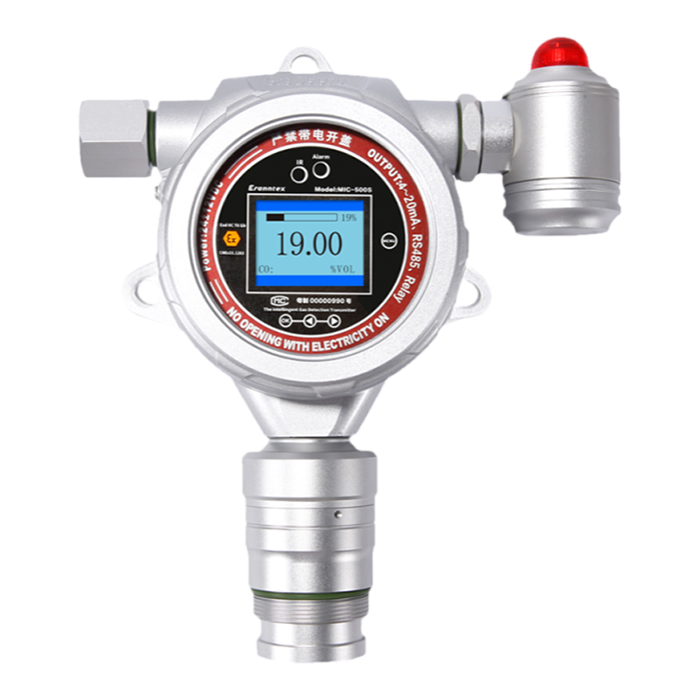
Combustible Gas Detectors: Your First Line of Defense
In today\'s society, whether in cosy domestic settings, bustling industrial environments, or challenging outdoor work zones, combu...
2025-10-31 -

How to Test Your Oxygen Detectors Effectively?
In today\'s society, where safety and health are paramount, oxygen detectors serve as vital equipment safeguarding us from the d...
2025-10-29 -

Oxygen Detectors: Your Key to a Safer Environment
In the global pursuit of safety and healthy living, oxygen detectors are increasingly becoming indispensable equipment for safeg...
2025-10-27 -

6 Types of Oxygen Detectors You Should Know About
In countless industrial, commercial, and research settings, oxygen serves as both the source of life and a potential hazard. Insuf...
2025-10-24 -

How Often Should You Replace Your Oxygen Detectors?
In today\'s society, oxygen detectors play a vital role across industrial production, underground operations, and specific domesti...
2025-10-22

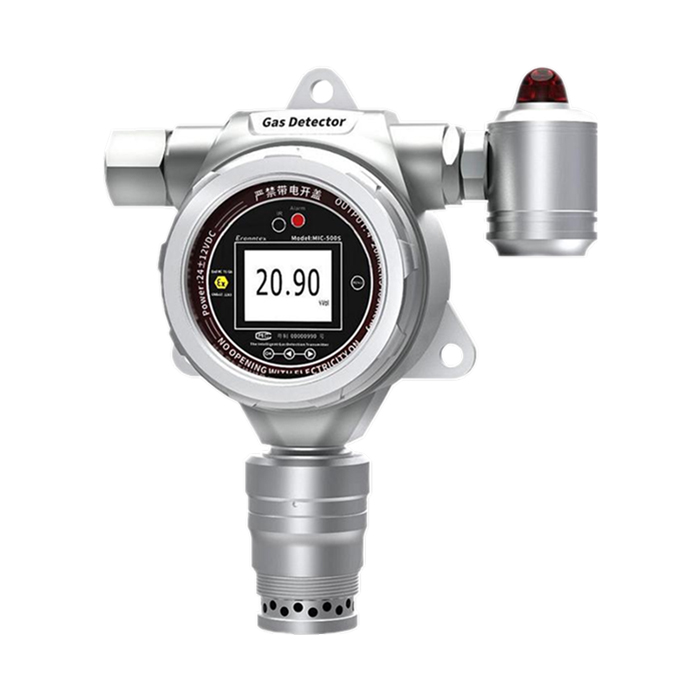
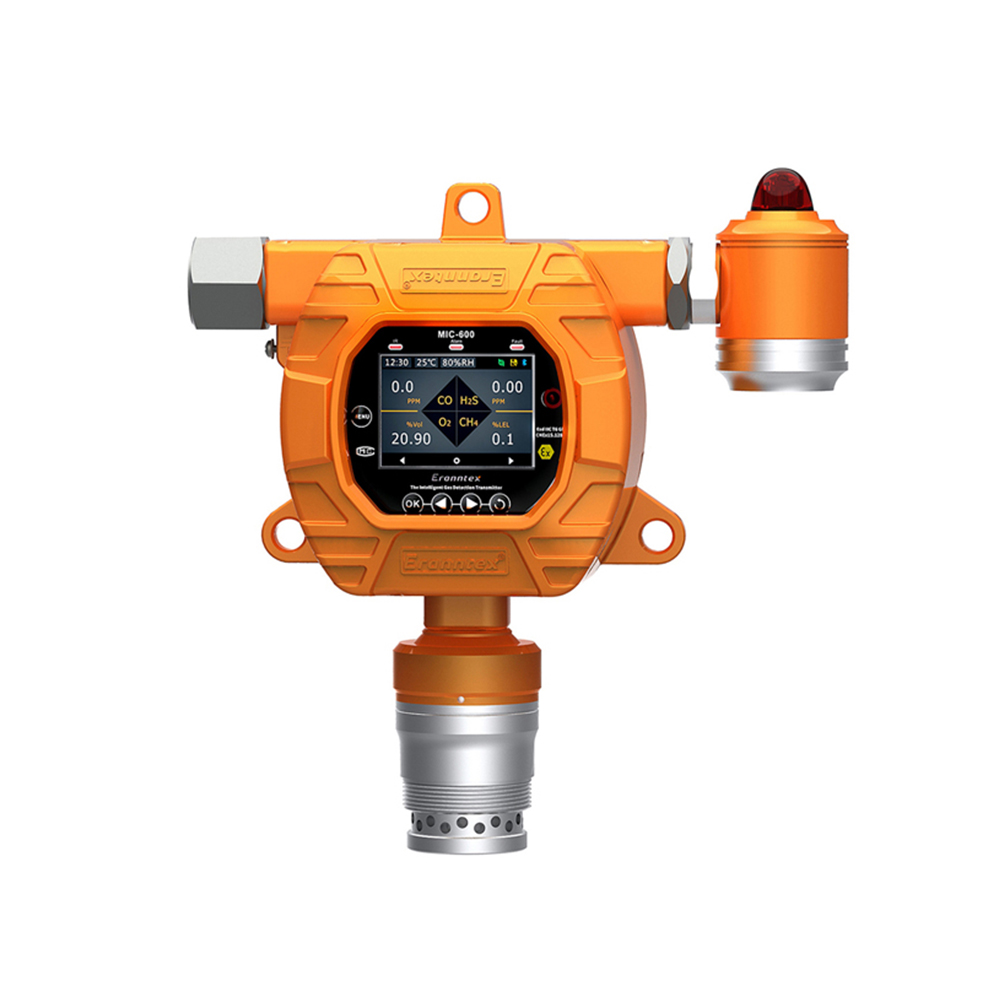
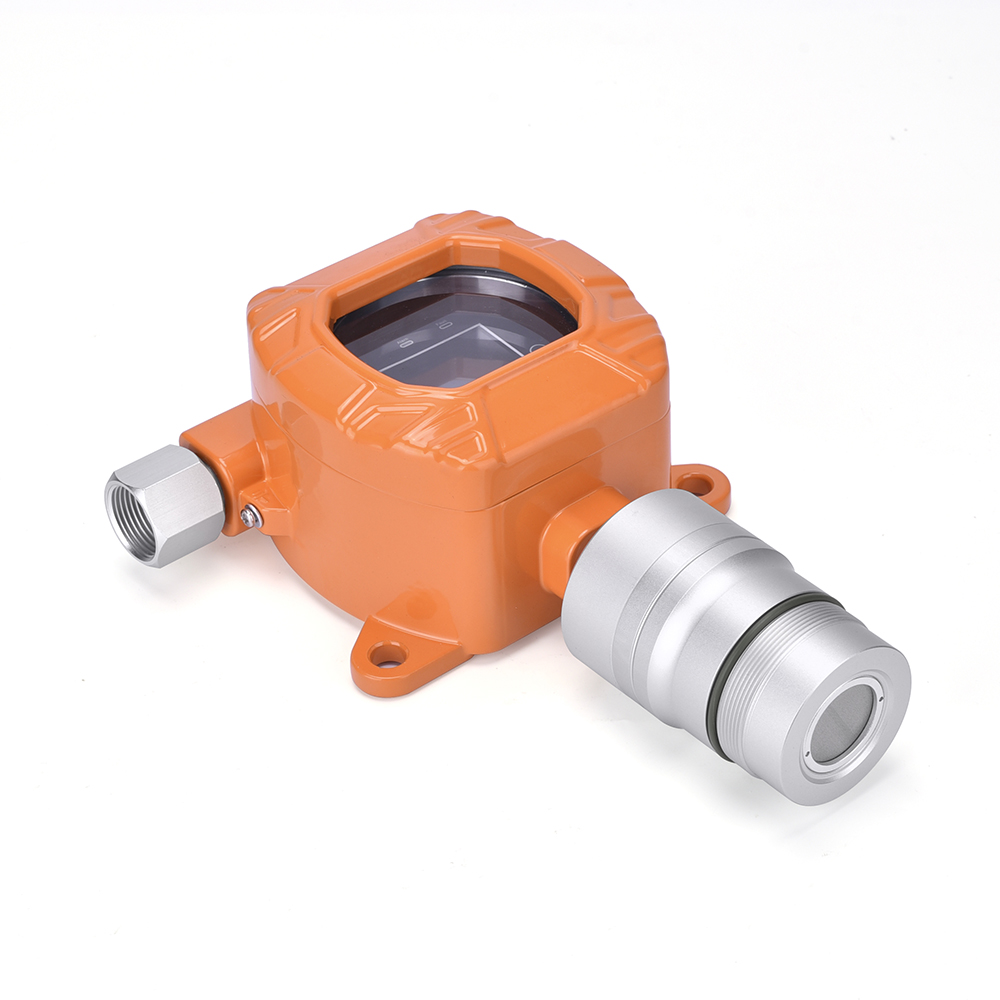
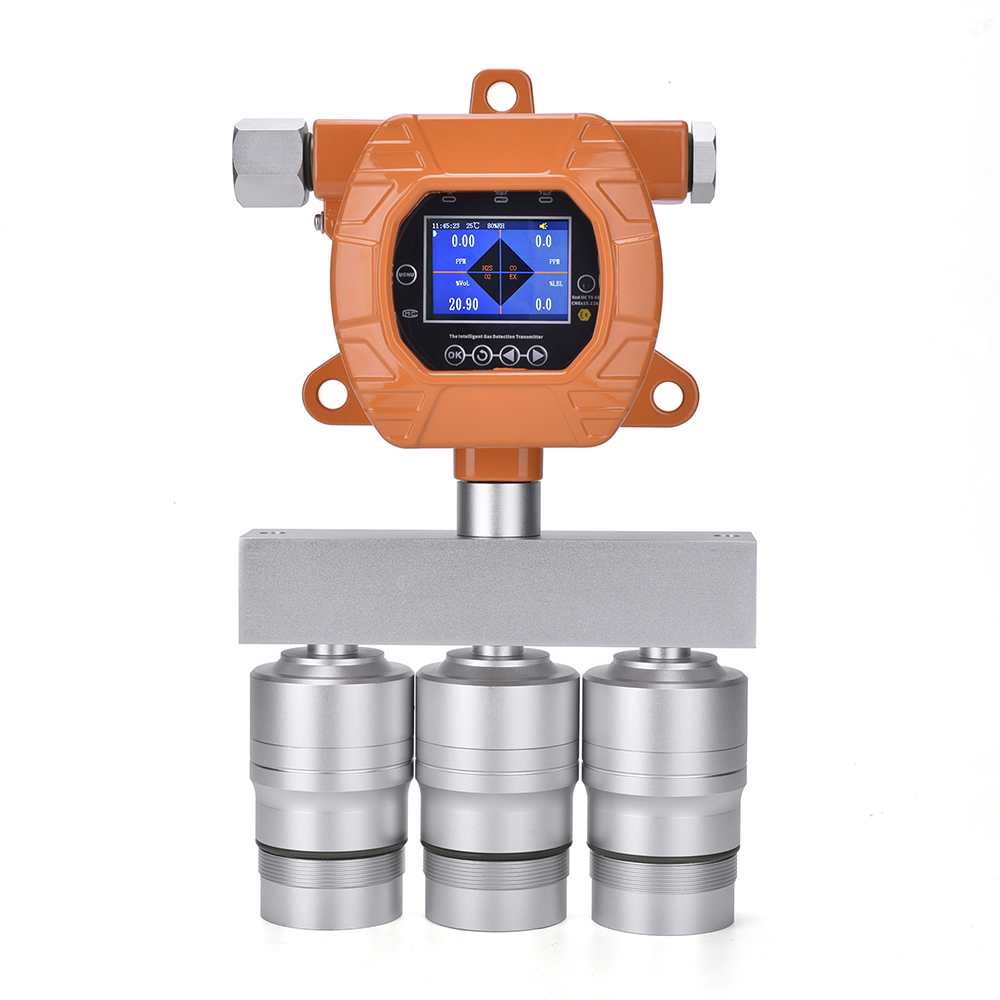

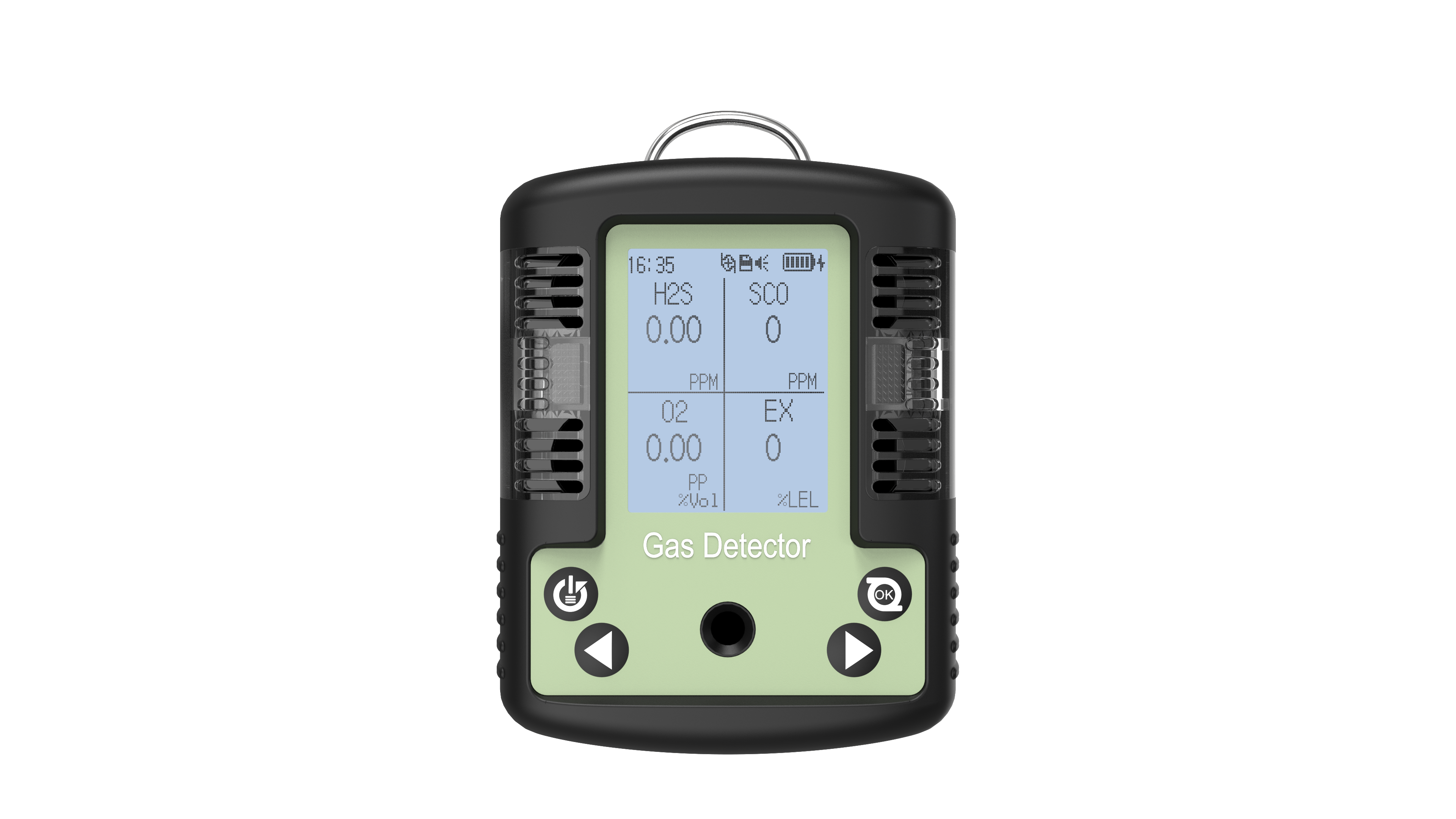

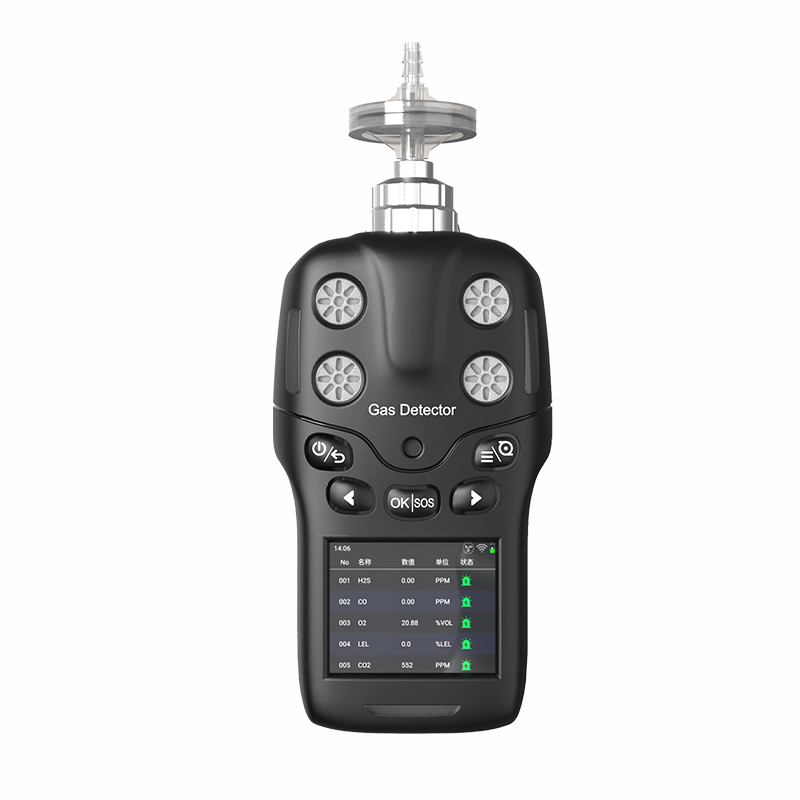

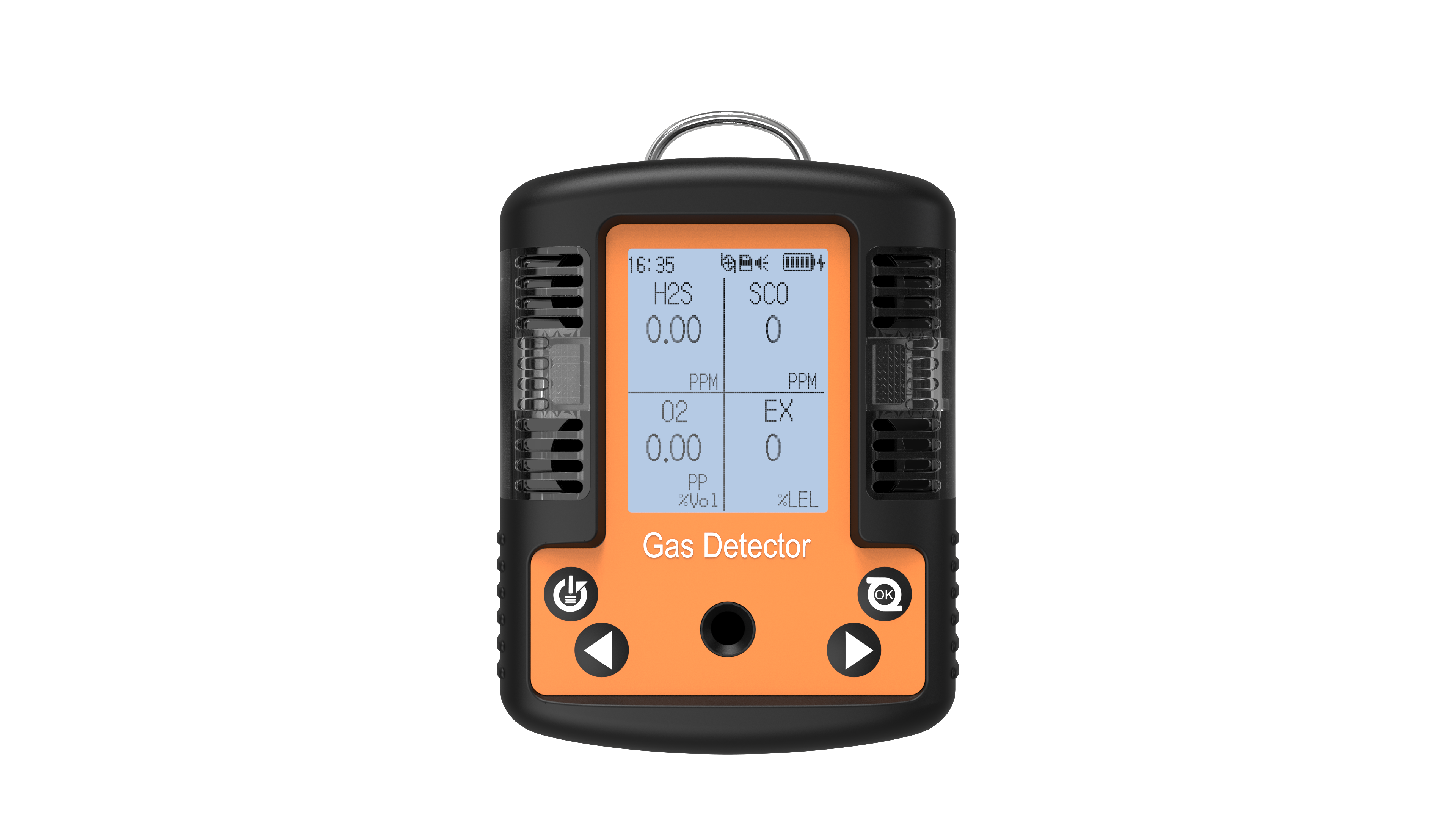
 info@eranntexgas.com
info@eranntexgas.com


 13480931872
13480931872